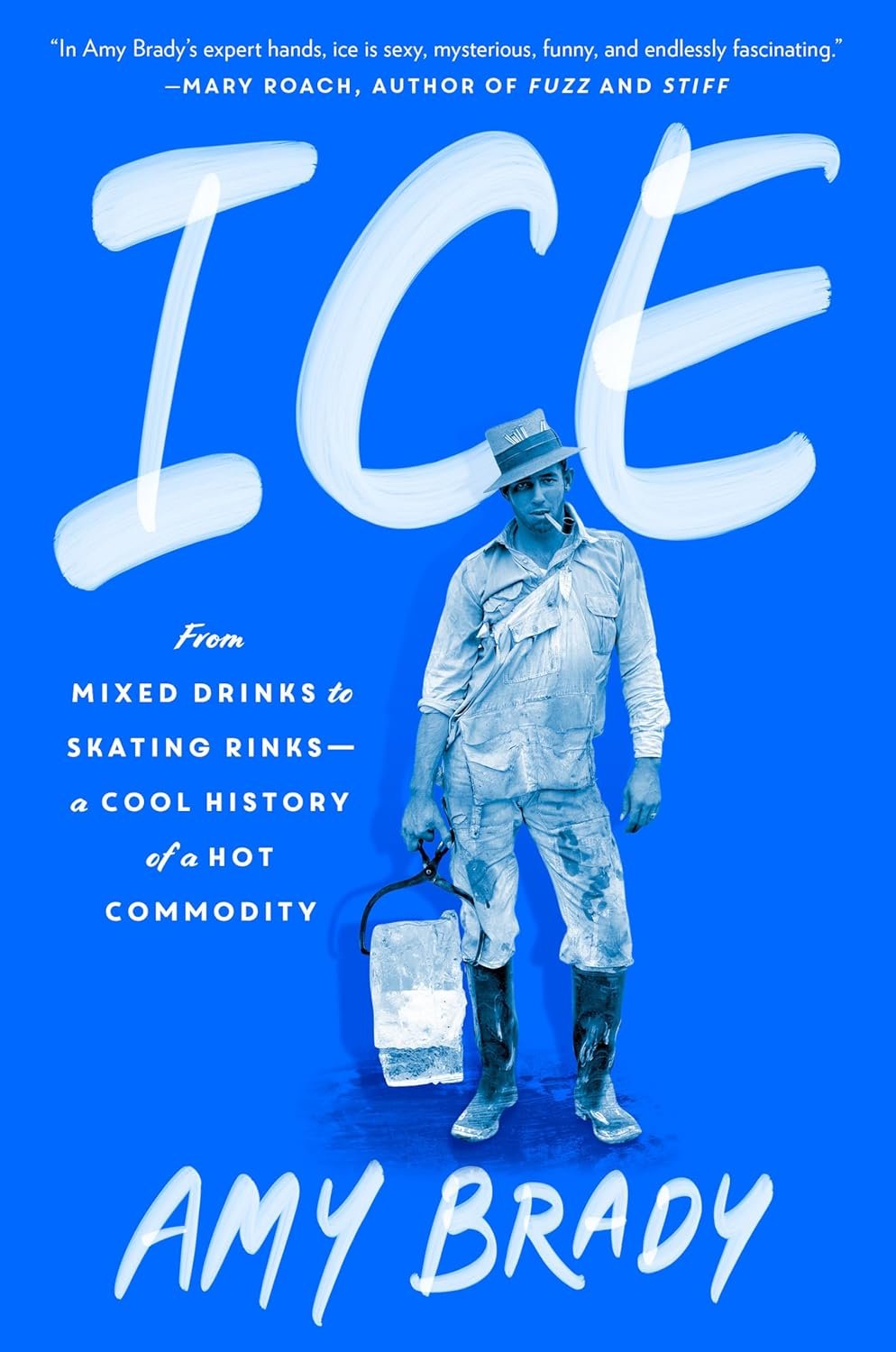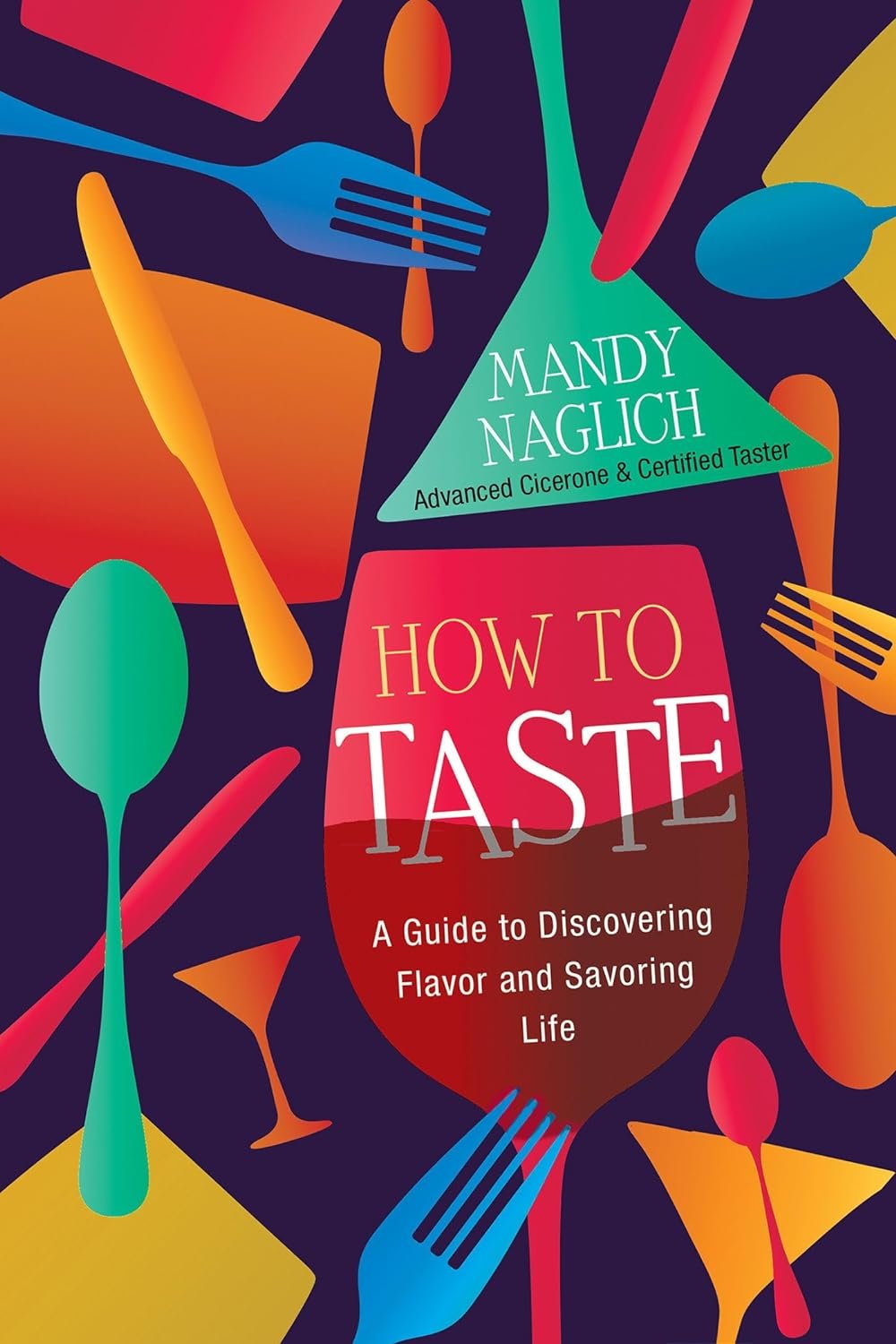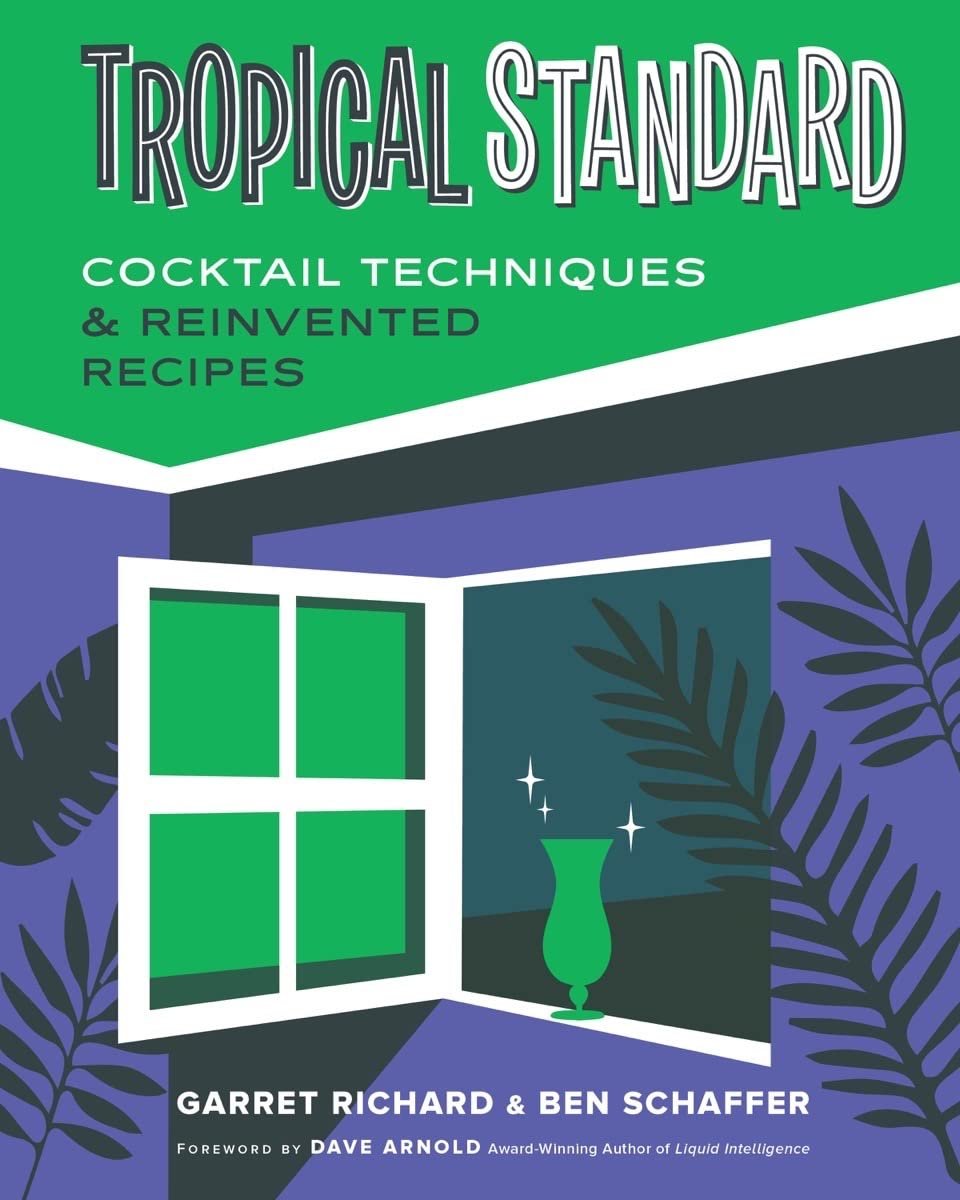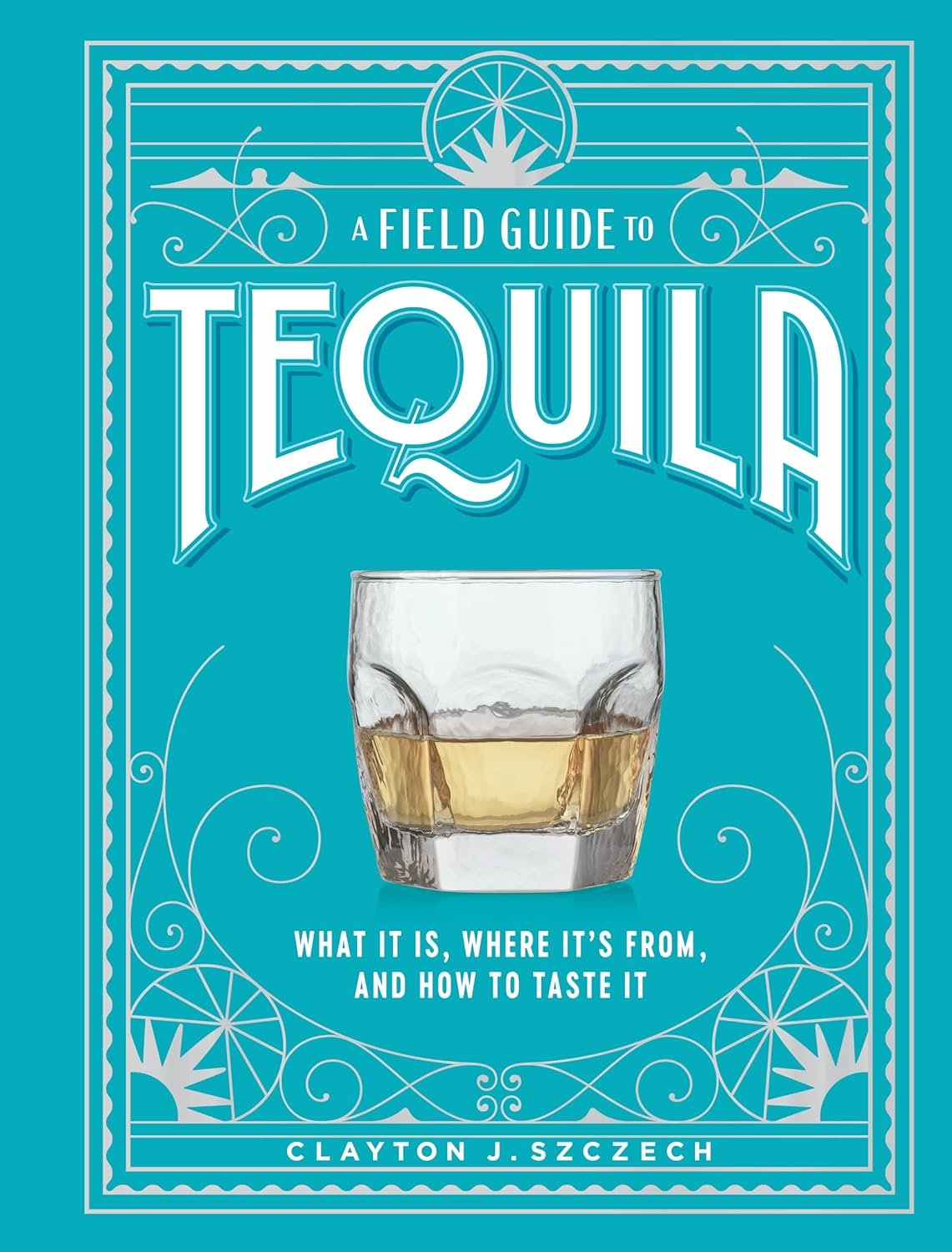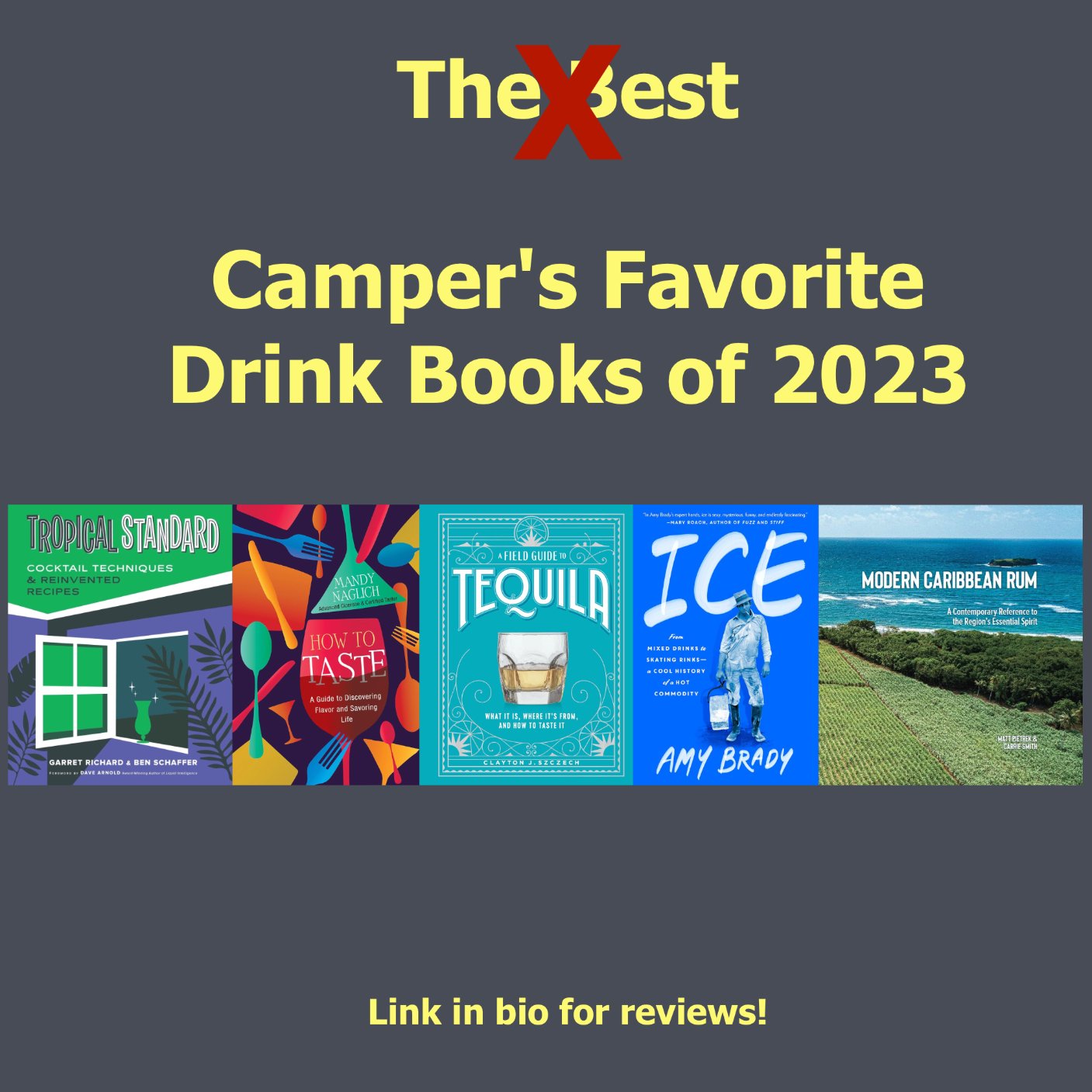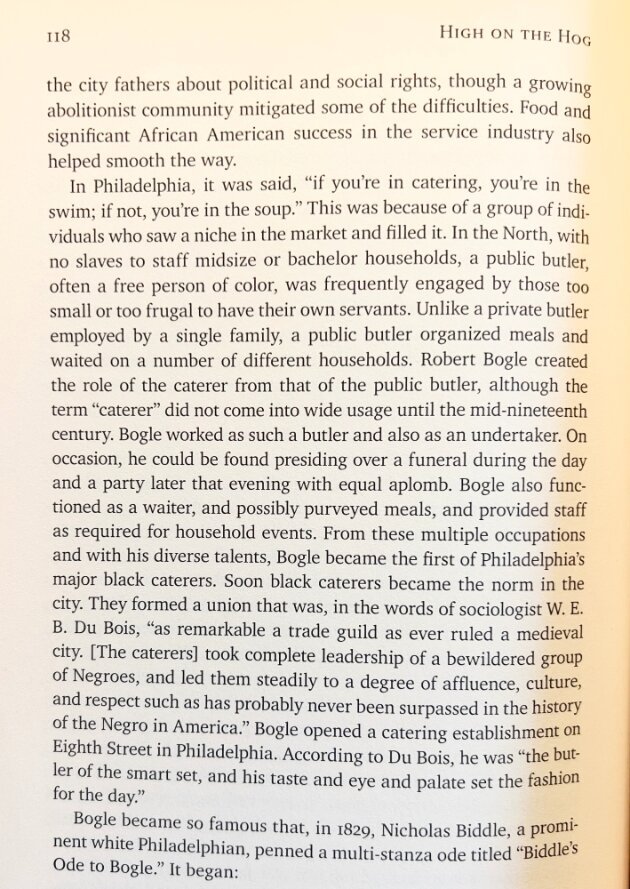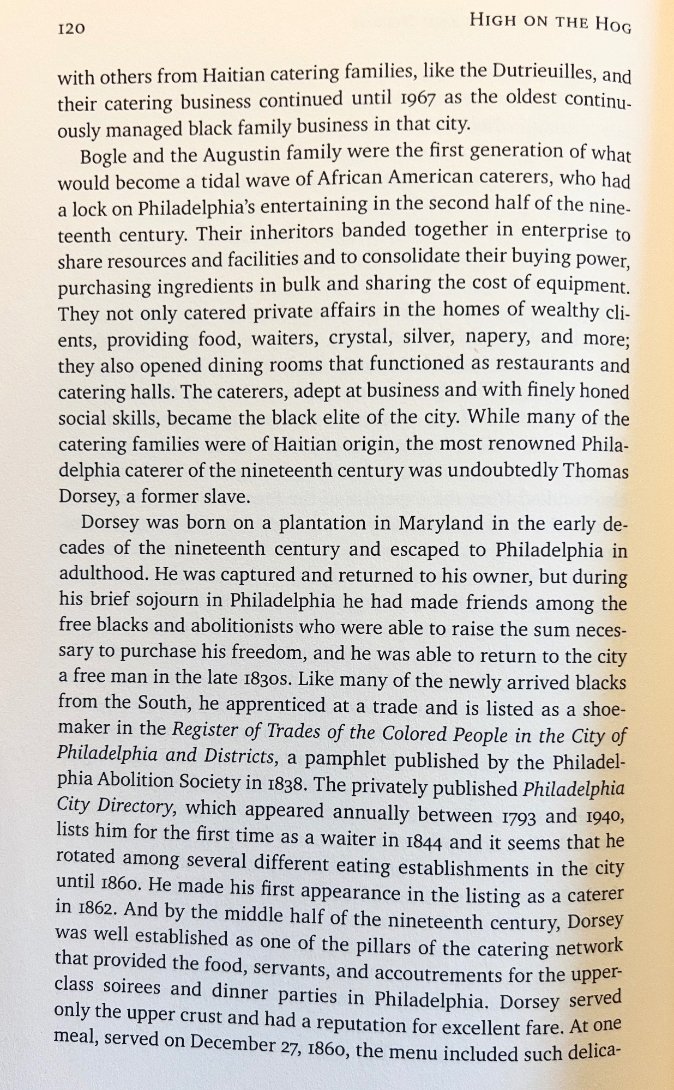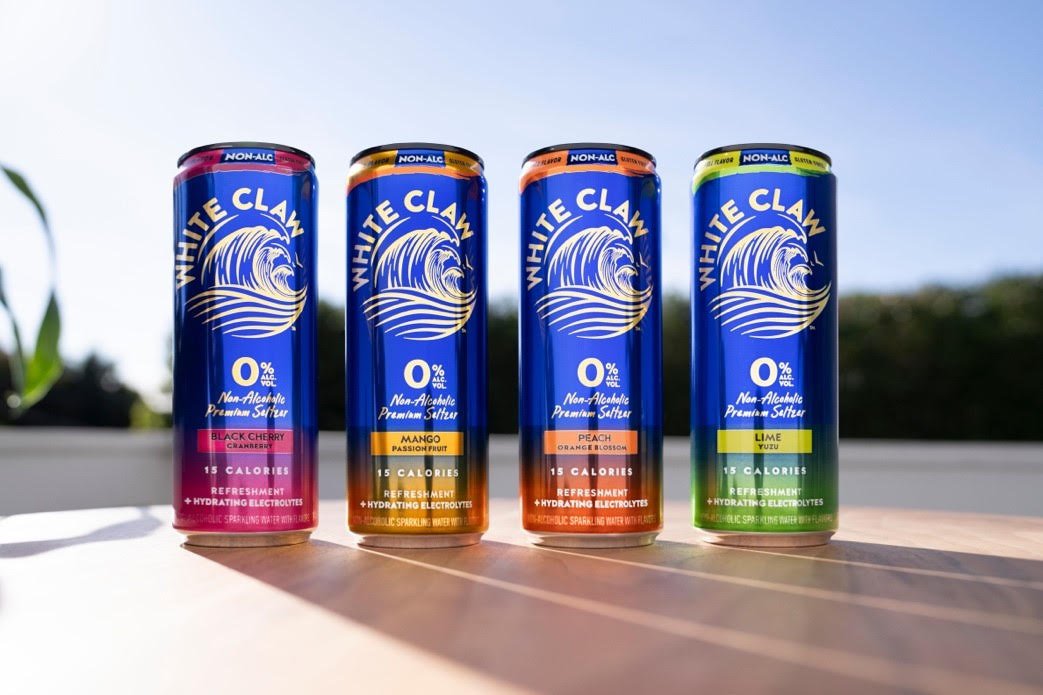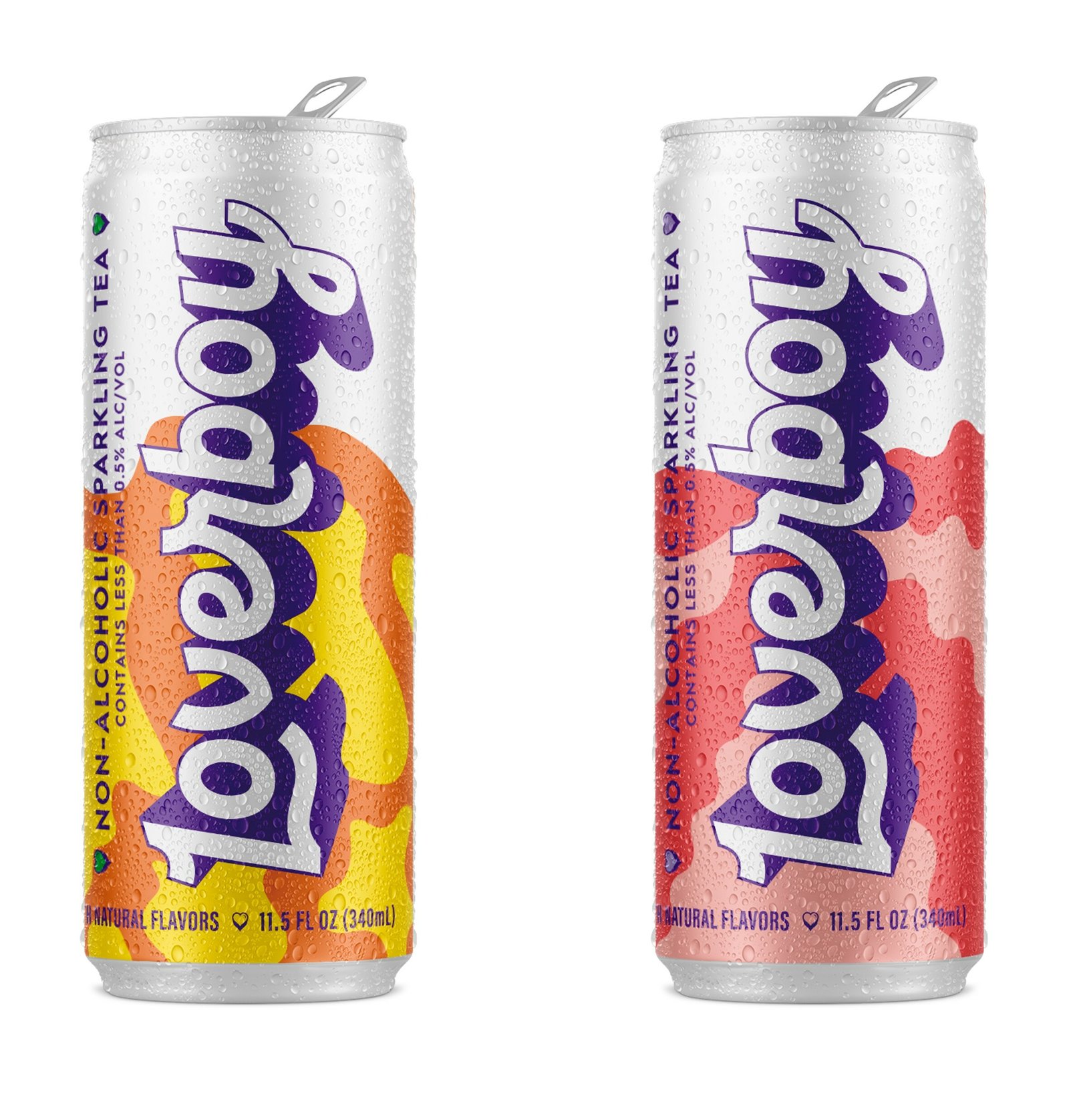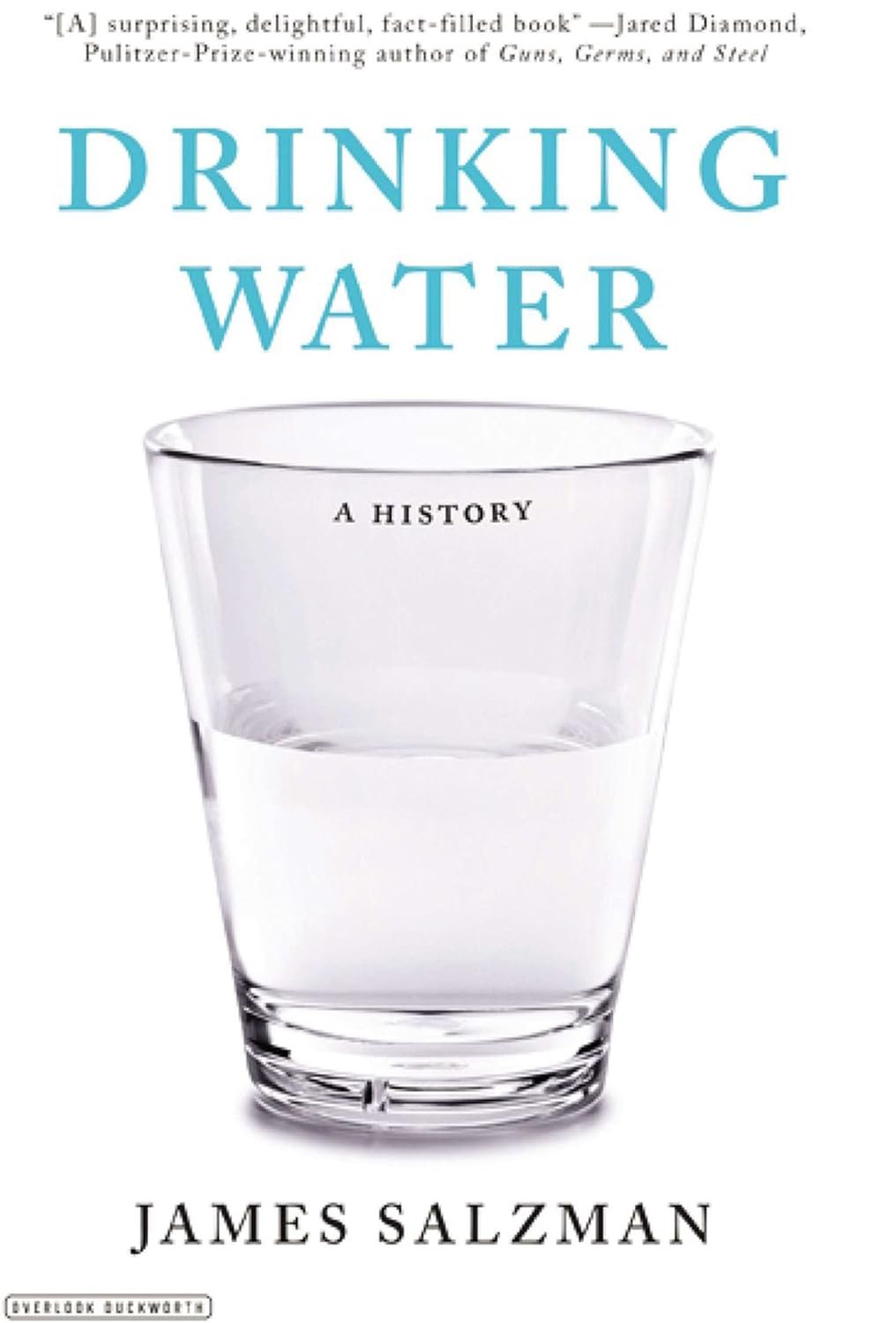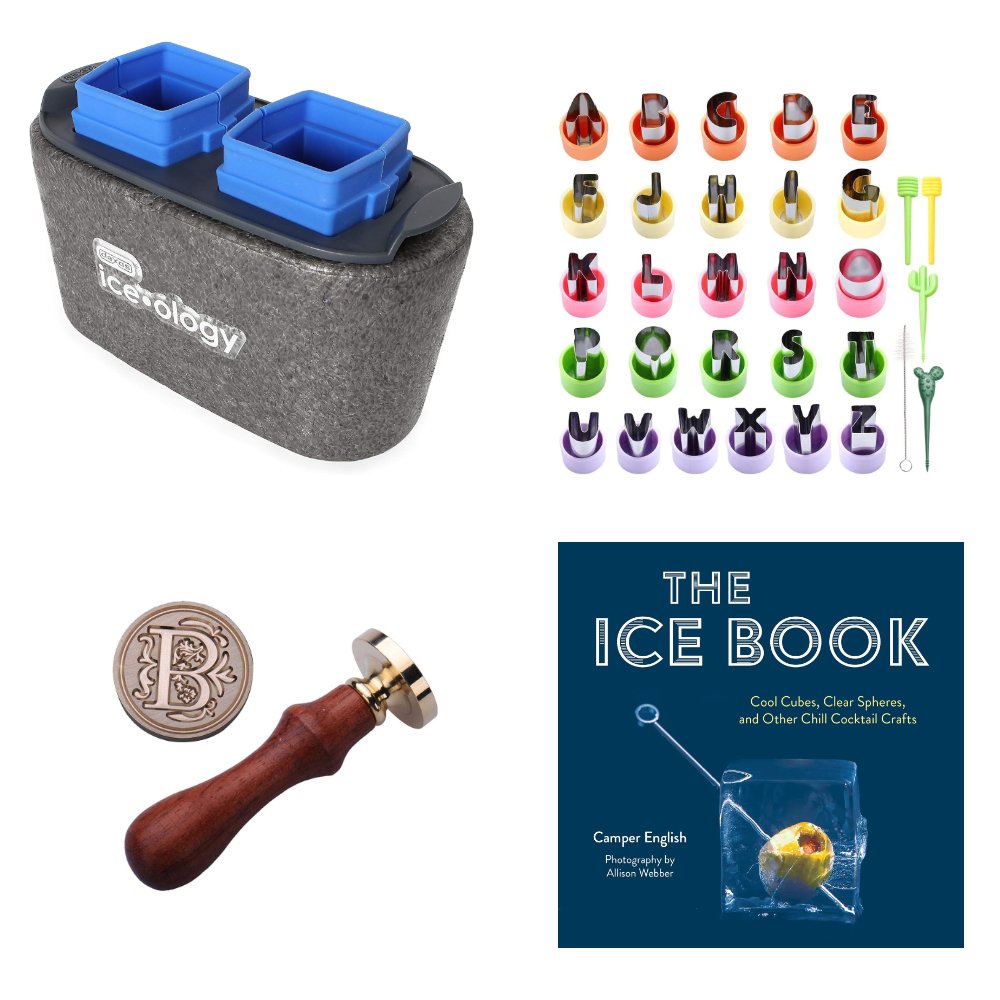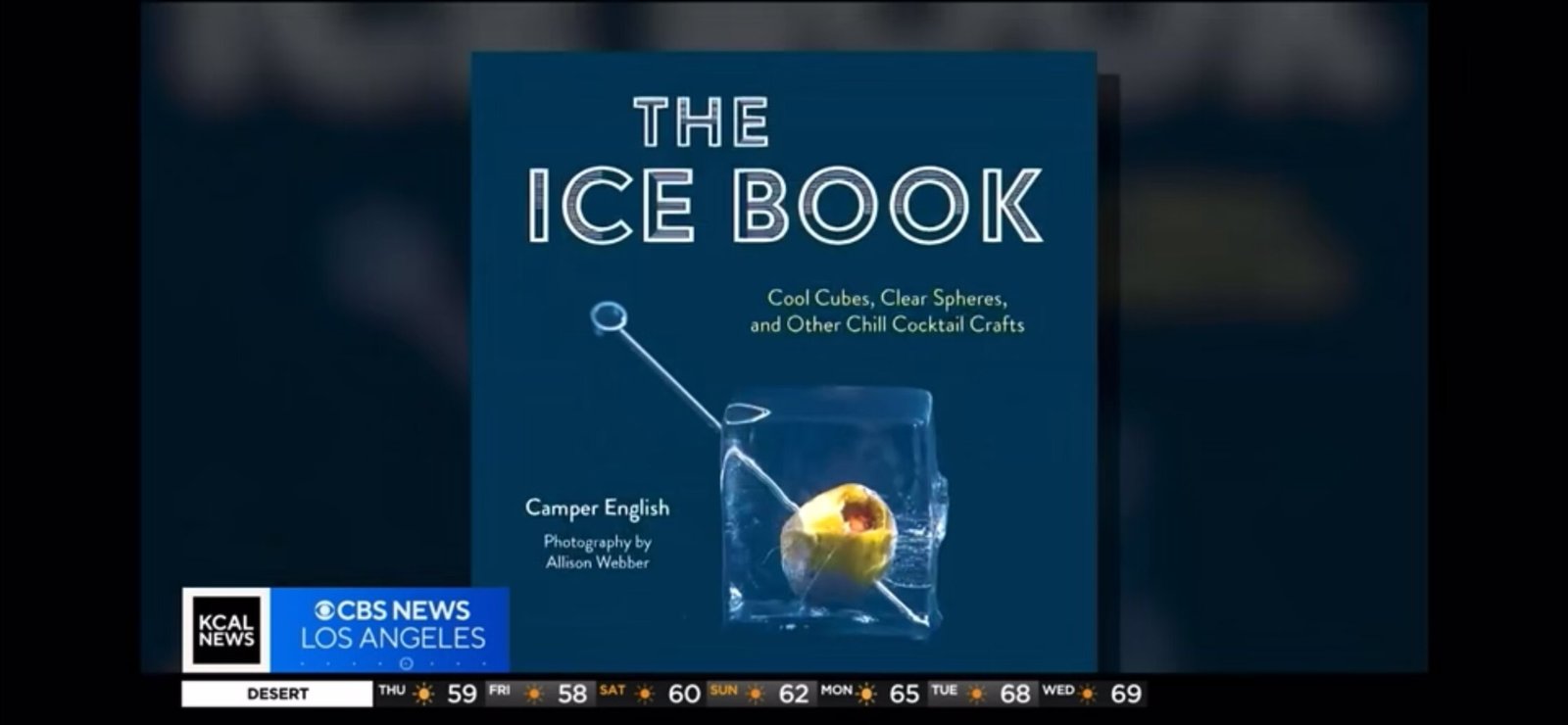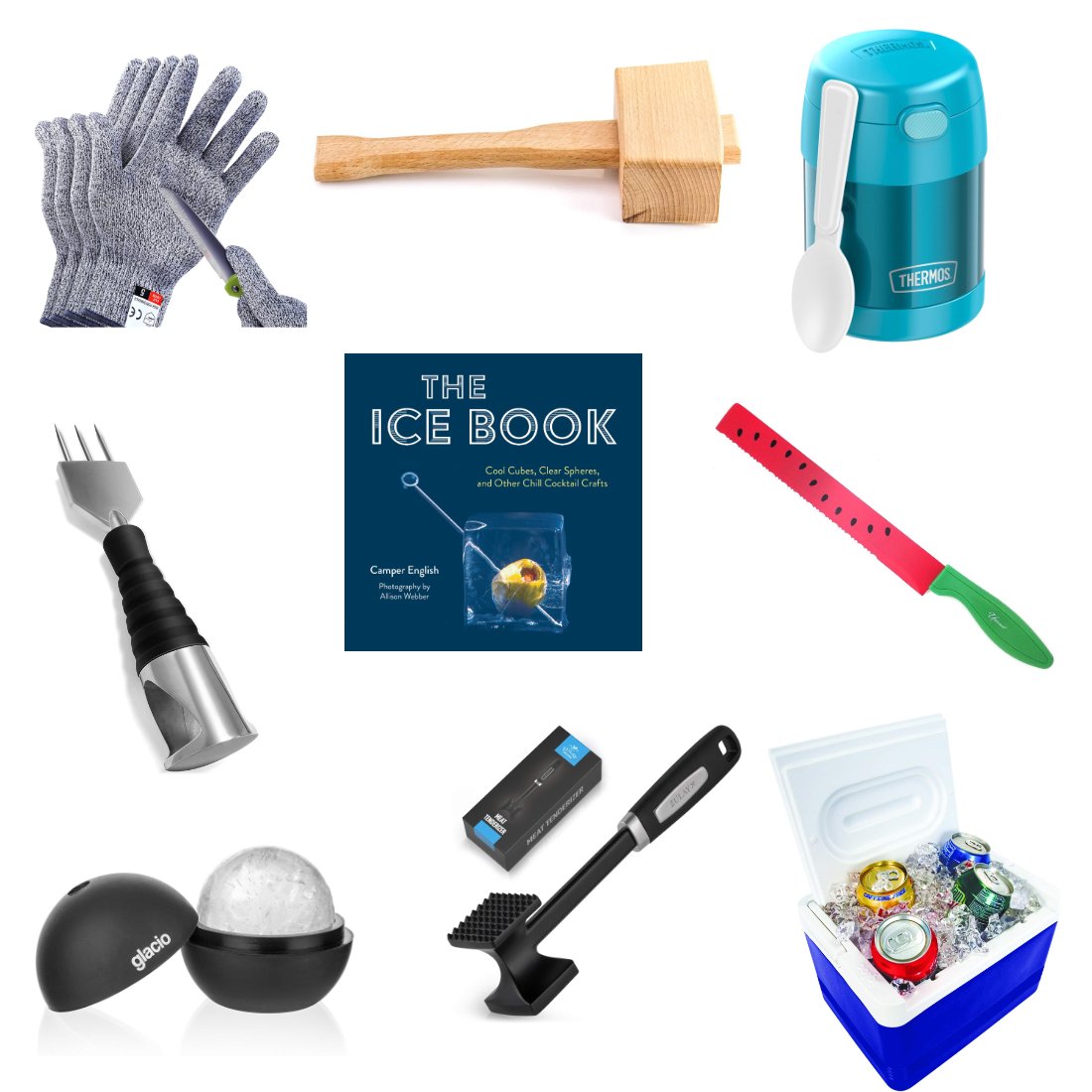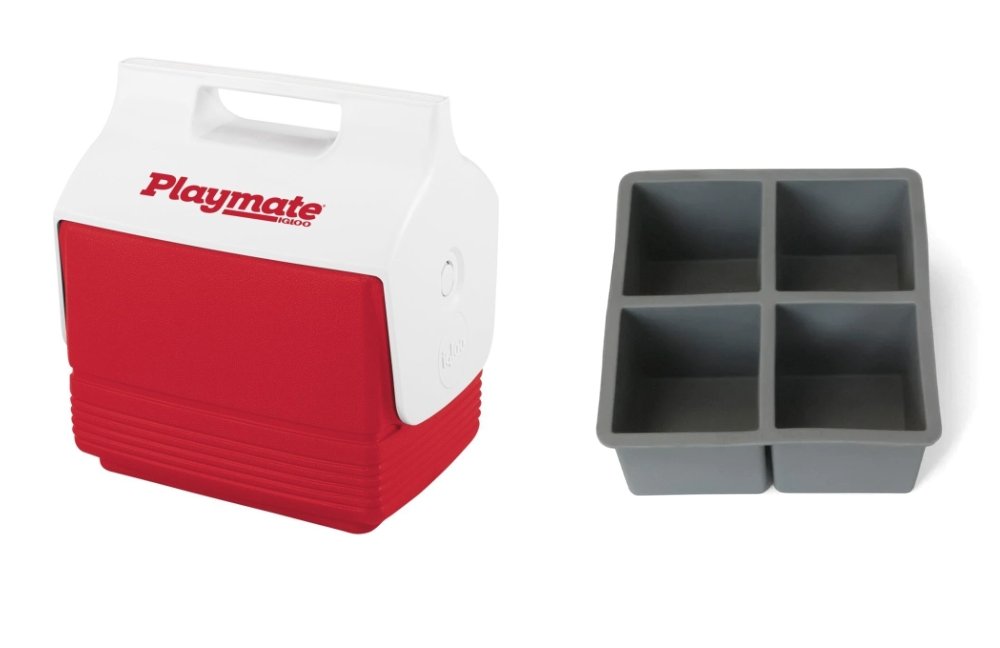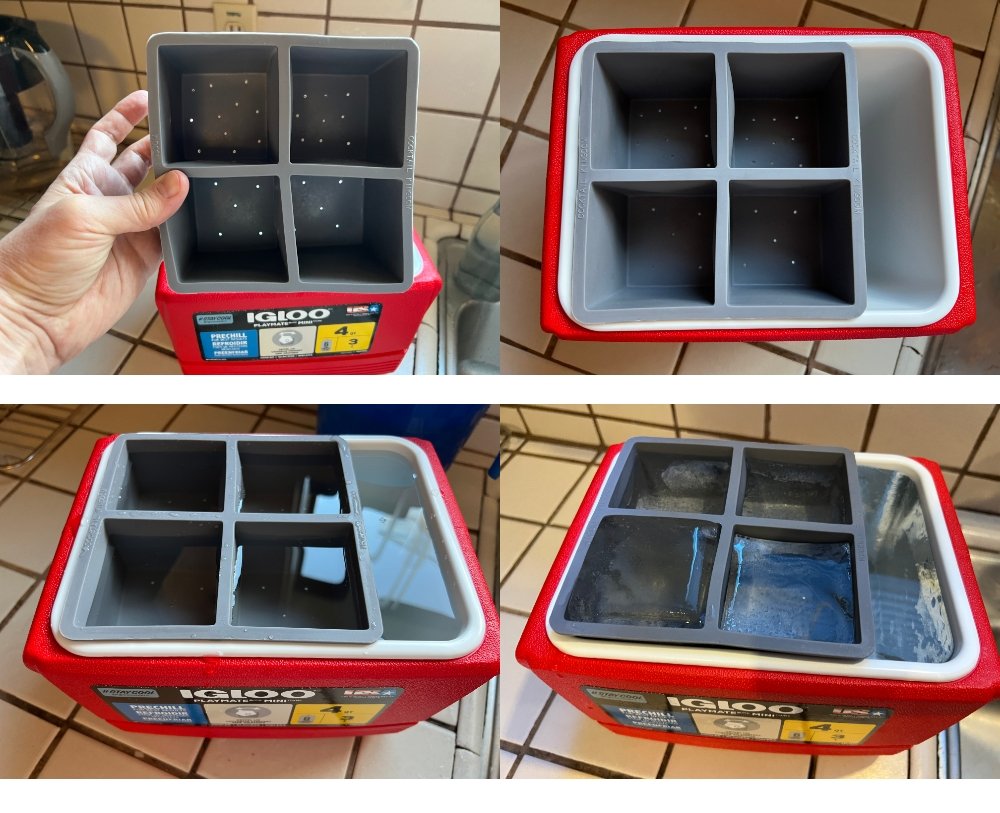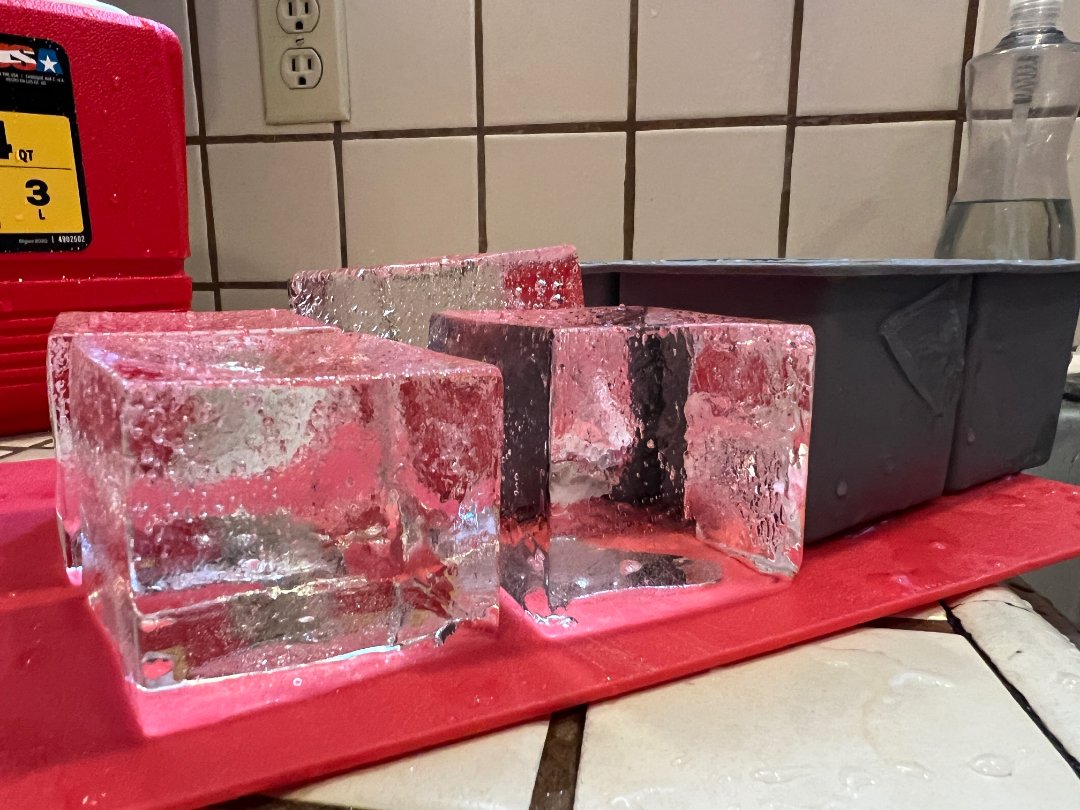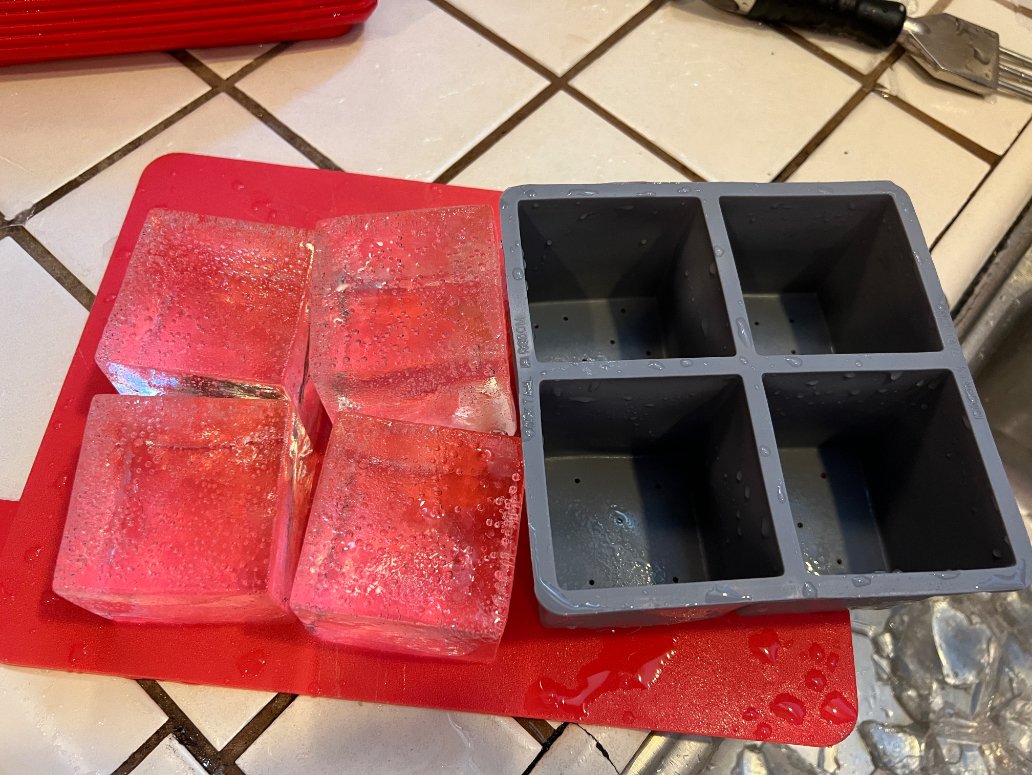This year I read more than 40 books, mostly about drinks. My top five favorites are below. This list is not actually the best drink books of the year, but my favorites. (And my favorite technically came out in 2022.) I wrote the title for SEO!
What I want out of drink books is new information or information presented in a new way. I don't need cocktail recipes so recipe books only really appeal to me when they present new techniques.
And if I haven't chosen your book or your favorite here, just assume I haven't read it yet. You make great choices too!
Camper's Favorite Books of 2023
5. Ice: From Mixed Drinks to Skating Rinks–a Cool History of a Hot Commodity by Amy Brady [Amazon] [bookshop]
Amy Brady's book about the cultural history of ice was a perfect pairing to my how-to book on ice cubes, coming out just a month after my own. This has the history of "Ice King" Frederic Tudor, plus how ice fundamentally changed America in numerous ways from food and drink to sports and travel.
4. How to Taste: A Guide to Discovering Flavor and Savoring Life by Mandy Naglich [amazon] [bookshop]
It's mostly about tasting beer, wine, and spirits but it's a book about tasting everything from cheese to chocolate to honey, and approaching it like a professional taster. There are tips of developing your palate and tons of interviews with professionals in many different specialties. It makes me want to host tasting parties for everything.
3. Tropical Standard: Cocktail Techniques & Reinvented Recipes by Ben Schaffer and Garret Richard [amazon] [bookshop]
This is the only recipe book on my list, because it introduces new techniques to old drinks. Tropical Standard will probably be known as a book of tiki cocktail recipes made with modern techniques like clarification and isolated acids from Liquid Intelligence, but many of the drinks include no such razzle dazzle: It is really a book on raising the standard of tropical cocktails, optimizing them with everything we've learned in the decades since they were first invented.
2. A Field Guide to Tequila: What It Is, Where It’s From, and How to Taste It by Clayton J. Szczech [amazon] [bookshop]
The title and cover copy really undersell it: This is the tequila book the world needs. About half the book is about the production of tequila and the historical circumstances and sometimes-ridiculous regulations that lead to it being made that way. Tequila is a moving target in many ways, but Szczech has done a great job at nailing the parameters that make it what it is, along with highlighting some of the largest and most traditional players in the category. This is now the first book I recommend about the category.
1. Modern Caribbean Rum by Matt Pietrek and Carrie Smith [buy]
This came out at the end of 2022 but I read it – all 850 pages of it – this year. And it seems like it was written just for me. I am a production nerd and want to know all the ingredients, equipment, and regulations that go into making something and how those things impact how something tastes. Here we get the information on the specific stills- down to the manufacturer- used at every distillery, plus that level of detail about everything from every producer in the covered region. It's a lot, and I like it. So it is all of that wrapped up in a huge heavy package with terrific photos and design – a pleasure to flip through too.
Super Bonus!
The Ice Book: Cool Cubes, Clear Spheres, and Other Chill Cocktail Crafts by Camper English [amazon] [bookshop]
Okay I lied again. Those weren't my top five favorite books of 2023. They're the top 5 books of 2023 that I didn't write. My favorite book of 2023 is The Ice Book, by me!
Learn to make very good ice and shape it into all sorts of amazing cubes, spheres, blinged-out diamonds, and more. I hope you'll pick up a copy if you haven't already.
Materials:
